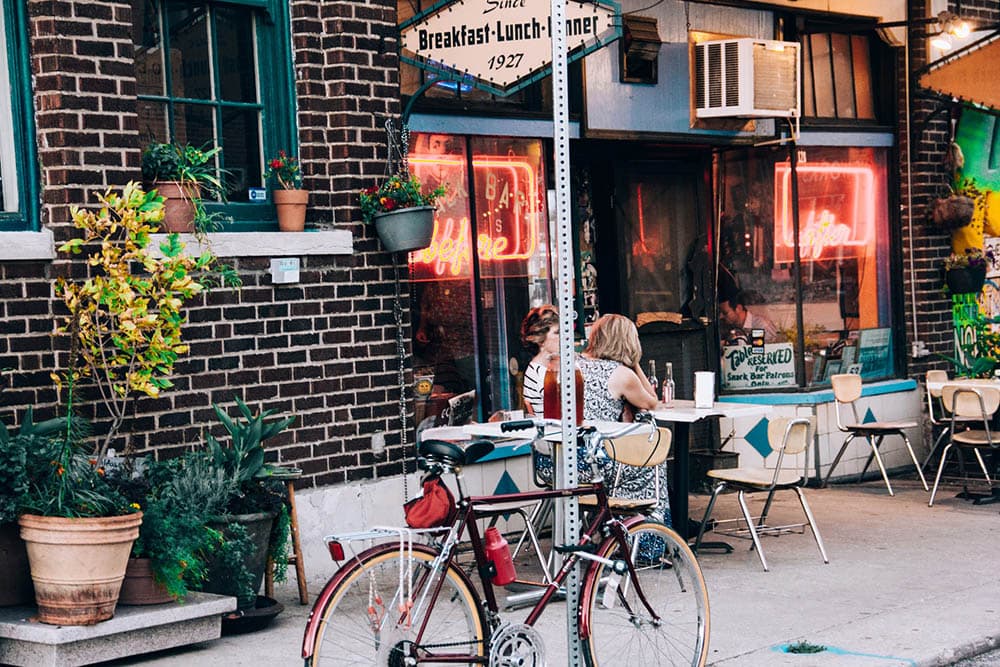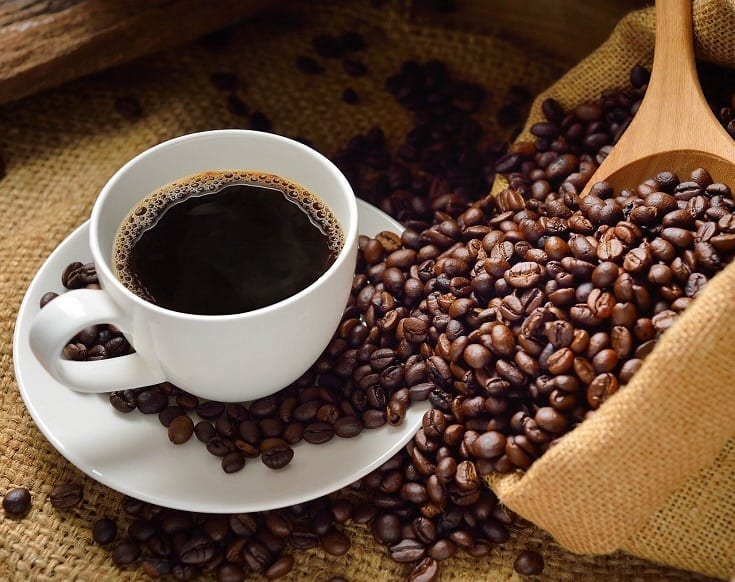
Coffee is delicious, but it’s not necessarily the cheapest hobby. When you pick up a bag at the grocery store, you may wonder how much coffee you’re getting out of that 12-ounce or 1-pound bag. And how many cups are in that massive bulk bag at Costco?
Calculating this isn’t quite as simple as it sounds because the number of cups you can make out of a pound of coffee depends on how you brew it. Do you use a pour-over or a drip machine? Do you like your coffee strong or mellow?
Below, we’ll show you how to calculate how many cups of coffee in a pound, plus some tips to help you wrap your head around it. And because we’re not your math teacher, we’ll also give you the answers! So how many cups can you make? Scroll down to find out:

How Big is a Cup of Coffee?
Before we get started, a quick note: a cup is a liquid measure equivalent to 8 fluid ounces. But most coffee companies measure a cup as 4 or 5 ounces. This difference can be very confusing if you’re intending to brew eight or twelve cups and end up with half that!
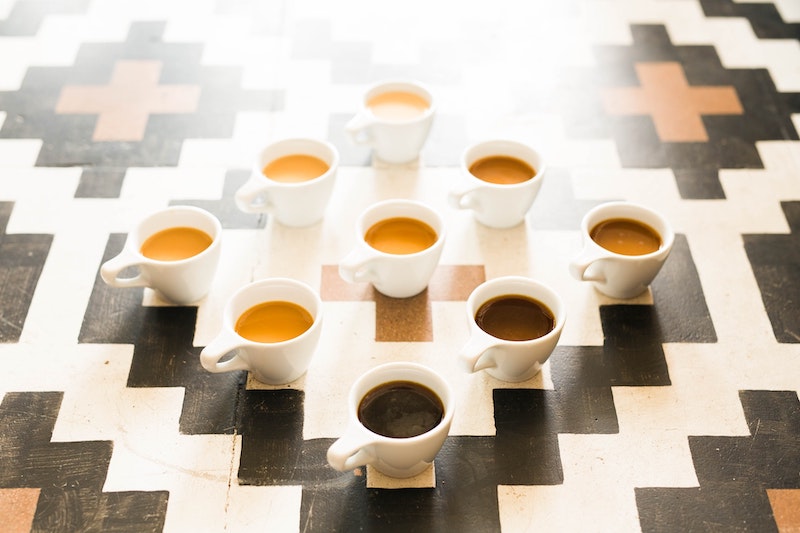
Four ounces is a lot smaller than what many of us consider a cup — often more like 8 to 12 ounces — so when you brew with an 8-cup coffee maker, you can make eight 4-ounce cups or four 8-ounce cups of coffee.
To keep things simple, for this guide, we’re going to use 8 ounces as the equivalent of one cup. If you usually drink out of a 16-ounce travel mug or 12-ounce coffee cup, you can easily adjust these numbers. Divide the final number of cups by 2 for the travel mug and by 1.5 for the coffee cup.
What’s your Coffee to Water Ratio?
Before you start calculating, you’ll need to know your coffee-to-water ratio. That’s how much coffee you use to make a cup of coffee, so it’s crucial information for this calculation. The Specialty Coffee Association (SCA) offers best practices, including brewing temperature and ratio, for brewing at the Golden Cup Standard. These expert tips are ideal for achieving the best extraction, flavor, aroma, and mouthfeel possible. The recommended coffee-to-water ratio is about 1:18, listed as 55 grams per 1 liter, plus or minus 10%.

This is a good ratio to start with, though we recommend tweaking it depending on your preferred brewing method. Check out our coffee-to-water ratio calculator here!

How to Calculate How Many Cups of Coffee in a Pound
As a rule of thumb, the higher your coffee-to-water ratio is, the fewer cups of coffee you can make per pound of beans. The exception to this is espresso because it’s measured in 1-ounce — rather than 8-ounce — cups. You can make more servings of espresso using the name number of beans — but not more ounces.
So how do you calculate the amount of coffee you can brew with your beans? Start with the number of ounces of coffee beans you have. Multiply your ounces of coffee beans times the second number in your coffee-to-water ratio. For instance, if you’re using a drip machine, a good ratio is 1:17. Multiply your ounces of coffee (16 in a pound) by the ounces of water (17). That’s 272 ounces of brewed coffee. Divide that by 8 (the number of ounces in a cup), and you get 34 cups of coffee!
Drip Coffee Maker
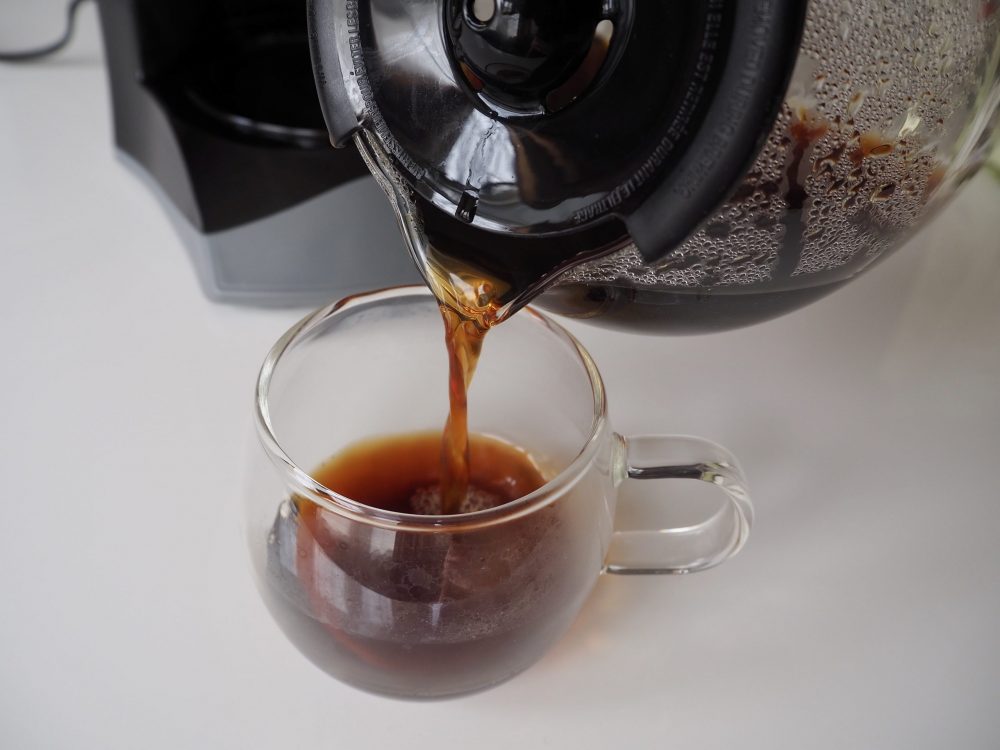
Are you using a drip machine, like a Mr. Coffee? The classic drip coffee to water ratio is 1:17, so you’ll need one part coffee for every 17 parts of water. Given a pound of coffee beans, you can brew 272 ounces of coffee. That’s 34 cups of drip coffee per pound of coffee beans. If you drink a single cup of coffee a day, that’s over a month of your favorite beverage!
Pour-Over
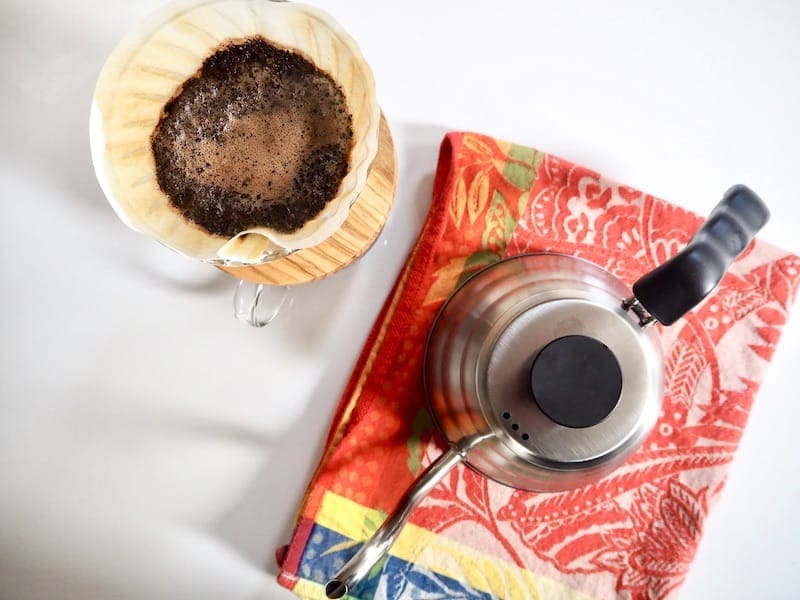
Pour-over brewers typically use a 1:17 ratio, though you can adjust to taste or for your specific brewer. This is the same ratio as the drip coffee maker, so you can get 34 cups of pour-over coffee from a single pound of beans.
Espresso Machine

Espresso is highly concentrated coffee, so you need a very high coffee to water ratio (1:2). If you have a pound of coffee beans, you can make about 32 ounces of regular espresso. That’s 32 shots of espresso per pound of coffee beans.
French Press
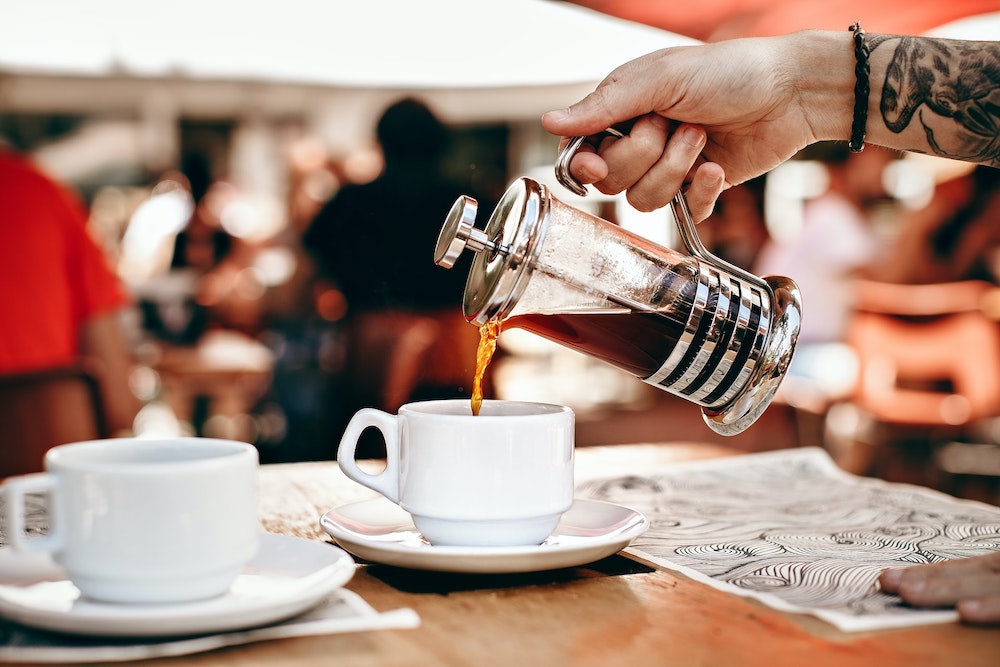
What if you’re using a French press? A good ratio to start with is 1:12, or one part coffee to 12 parts water. With a pound of coffee beans, you can make 150 ounces of coffee. That’s about 19 cups of French press coffee per pound of beans.
Cold Brew

Cold brew concentrate also has a high coffee-to-water ratio (1:5). You can brew 80 ounces using a pound of beans, or 10 cups. But keep in mind that this is concentrate, so you’re probably watering it down. How much water you add is up to you and your tastebuds, but you may be able to make up to 20 cups of cold brew out of that pound of coffee.

The Bottom Line
We hope this guide has cleared up some of the mystery around coffee beans. Using the golden ratio of 1:18, you can make about 34 cups of coffee using a pound of coffee beans. If you use a different coffee-to-water ratio, your number will be a little different. The rule of thumb is that the higher your coffee-to-water ratio is, the fewer cups of coffee you can make per pound of beans.
So next time you’re deciding between a 12-ounce bag and a 5-pound bag of coffee beans, you’ll know exactly how much coffee you can make with each. Just don’t forget to store those beans in an airtight coffee storage container — never the freezer!
RELATED READS:






